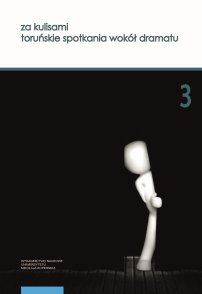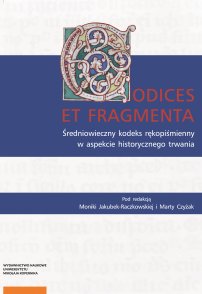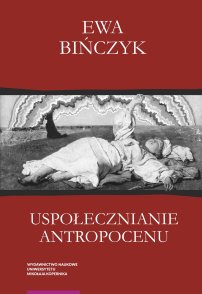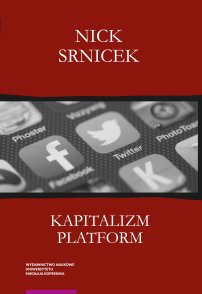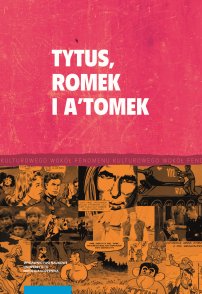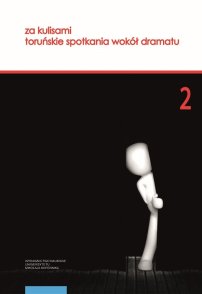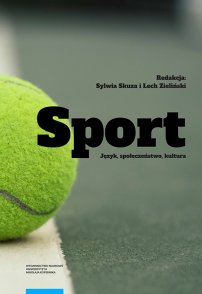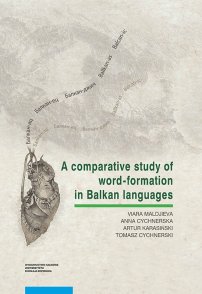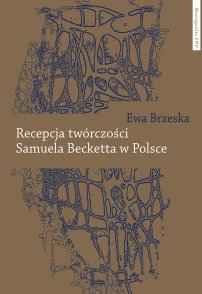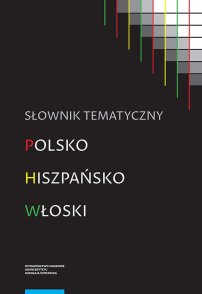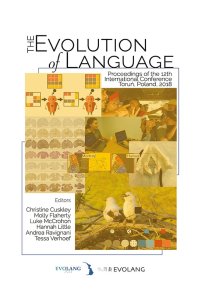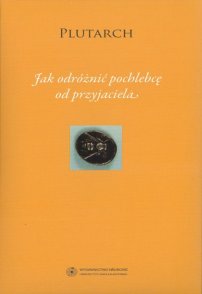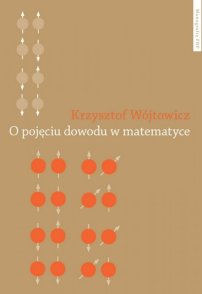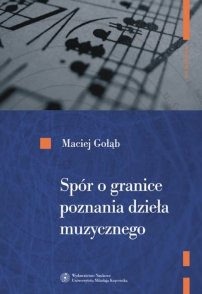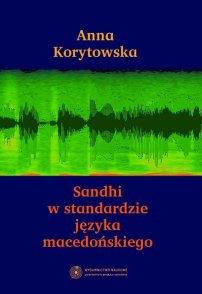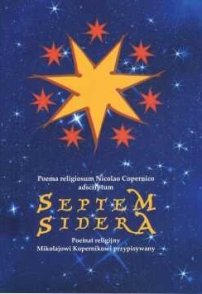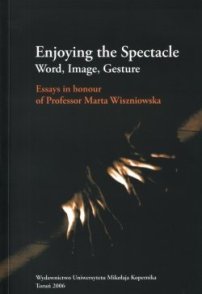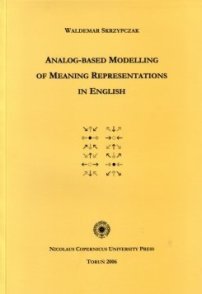Acknowledgements / 9
Style conventions / 10
Introduction / 11
PART ONE:
ISOLATING AND INTEGRATING MODELS OF GRAMMAR / 19
Chapter One. The isolating approaches / 25
1.1.0. Preliminary remarks / 25
1.1.1. The minimalist cline in semantics: impoverished entry theories / 27
1.1.1.1. Structuralist semantics / 27
1.1.1.2. Generativist semantics / 29
1.1.1.3. Formal semantics / 30
1.1.1.4. The conceptual commitment within the minimum entry theories / 32
1.1.1.4.1. Anna Wierzbicka (1972) and the Natural Semantic Metalanguage / 33
1.1.1.4.2. Ray Jackendoff's (1983) Conceptual Semantics / 37
1.1.1.4.3. Beth Levin's (1993) Lexical Conceptual Structures and the projectionist approach to meaning / 42
1.1.1.4.4. Adele E. Goldberg's (1995) construction grammar and the constructionist approach
to meaning / 48
1.1.1.4.4.1. The background / 49
1.1.1.4.4.2. Basic notions / 51
1.1.1.4.4.3. Approaching a construction / 52
1.1.1.4.4.4. Goldberg's definition of a construction / 54
1.1.1.4.4.5. Constructions and coercion effects / 56
1.1.1.4.4.6. Relations between constructions / 57
1.1.1.4.4.7. The two case studies / 59
1.1.1.4.4.8. Conventionality in the constructionist approach / 62
1.1.1.4.4.9. Summary and implications / 65
1.1.2. The maximalist cline in semantics: full entry theories / 68
1.1.2.1. Cognitive semantics / 69
1.1.2.1.1. The background / 69
1.1.2.1.2. Lexical units as categories / 70
1.1.2.1.2.1. Prepositions as cognitive categories / 72
1.1.2.1.2.2. Prepositions and semantic primitives / 77
1.1.2.1.3. Salience within categories / 80
1.1.2.2. Frame Semantics / 82
1.1.3. Summary and outlook / 85
Chapter Two. The integrating approaches / 89
1.2.0. Preliminary remarks / 89
1.2.1. Hans C. Boas' model (2003, 2006, 2008a, 2008b) /89
1.2.2. Vyvyan Evans' (2006, 2007) Theory of Lexical
Concepts and Cognitive Models / 100
1.2.3. Collostructional approaches / 108
1.2.4. Cognitive Grammar / 117
1.2.4.1. The basic notions of CG / 118
1.2.4.1.1. Conceptualization / 118
1.2.4.1.2. Cognition and language / 120
1.2.4.1.2.1. Dynamicity / 120
1.2.4.1.2.1.1. The head/modifier asymmetry / 121
1.2.4.1.2.1.2. Profile determinance / 124
1.2.4.1.2.1.3. The trajector/landmark asymmetry / 127
1.2.4.1.2.1.4. Asymmetries in category structure / 132
1.2.4.1.2.1.5. Asymmetry between content and
schematic linguistic units / 137
1.2.4.1.2.2. Disengagement / 144
1.2.4.1.2.2.1. Simulation / 145
1.2.4.1.2.2.2. Subjectification / 146
1.2.4.1.2.2.3. Grounding and conceptualizers / 149
Table of contents 7
1.2.4.1.2.2.4. Conceptual integration / 151
1.2.5. Implications and outlook / 153
PART TWO:
CONCEPTUAL METAPHOR THEORY AS A CONCEPTUAL MODEL / 157
Chapter Three. Conceptual Metaphor Theory as an isolating model / 161
2.1.0. Preliminary remarks / 161
2.1.1. Conceptual Metaphor Theory and tradition / 163
2.1.1.1. Focus and frame / 164
2.1.1.2. Domains / 166
2.1.1.3. Salience / 169
2.1.2. Dichotomies within CMT / 170
2.1.2.1. The conceptual/linguistic dichotomy / 171
2.1.2.2. The source/target dichotomy / 173
2.1.2.2.1. Problems with the source domain / 174
2.1.2.2.2. Problems with the target domain / 187
2.1.2.2.3. Source and target as distinct concepts / 191
2.1.2.3. The conventional/novel dichotomy / 198
2.1.2.3.1. Conventional mappings / 199
2.1.2.3.2. Conventional linguistic expressions / 209
2.1.2.3.3. Novelty in language and thought / 214
2.1.2.3.4. Metaphorical linguistic expressions / 220
2.1.2.3.5. Metaphors as expert categories / 227
2.1.2.4. The static/dynamic dichotomy / 230
2.1.3. CMT and its metalanguage / 233
2.1.4. Isolated constructs within CMT / 234
2.1.5. Summary and outlook / 235
Chapter Four. Conceptual Metaphor Theory as an integrating model / 238
2.2.0. Preliminary remarks / 238
2.2.1. From monosemy to polysemy / 238
2.2.2. From lexicon to grammar / 249
2.2.3. Metaphorical language and schematicity / 255
2.2.4. Implications and outlook / 262
PART THREE:
TOWARDS AN INTEGRATED CONCEPTUAL MODEL OF METAPHORICAL LINGUISTIC EXPRESSIONS / 265
Chapter Five. The basic tenets of the integrated conceptual model / 269
3.1.0. Preliminary remarks / 269
3.1.1. The direct access postulate / 272
3.1.2. The extended embodiment position / 279
3.1.3. The usage-based assumption / 296
3.1.4. Summary and outlook / 321
Chapter Six. Metaphorical linguistic expressions in the integrated model / 323
3.2.0. Preliminary remarks / 323
3.2.1. Basic concepts / 324
3.2.2. The metaphorical/conventional continuum / 337
3.2.2.1. The attributive pattern / 343
3.2.2.2. The partitive construction / 356
3.2.3. Categories in the integrated model / 366
3.2.4. Summary and implications / 373
Conclusion / 383
References / 393
W kierunku zintegrowanego modelu konceptualnego metaforycznych wyrażeń językowych w języku angielskim. Streszczenie / 419
Author Index / 429

